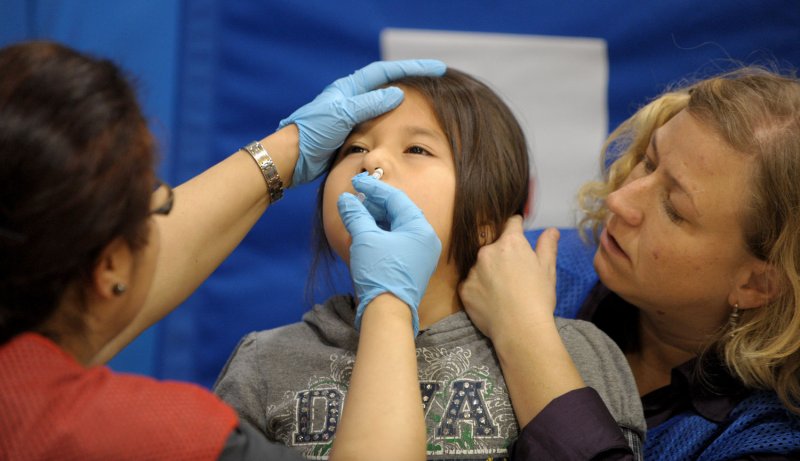TORONTO, April 14 (UPI) -- Incidence of Guillain-Barre syndrome, linked to the swine flu vaccine used in 1976, has been low after last year's H1N1 vaccination, Canadian researchers said.
An analysis of data from the Centers for Disease Control and Prevention and U.S. Food and Drug Administration Vaccine Adverse Event Reporting System found there were 35 reports of Guillain-Barre syndrome nationwide by the end of last year -- or 3.5 per 10 million people vaccinated with H1N1.















